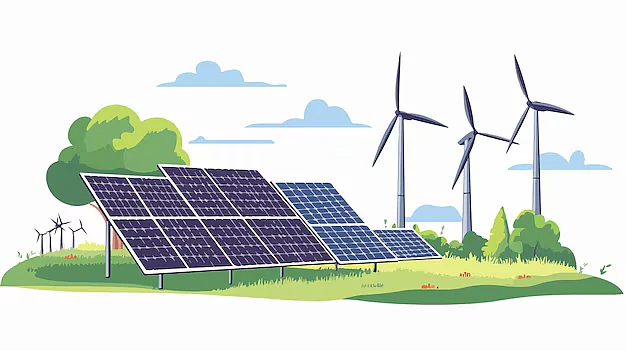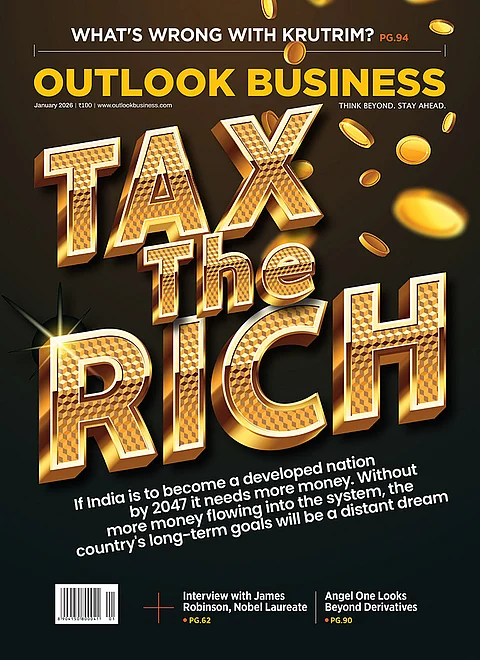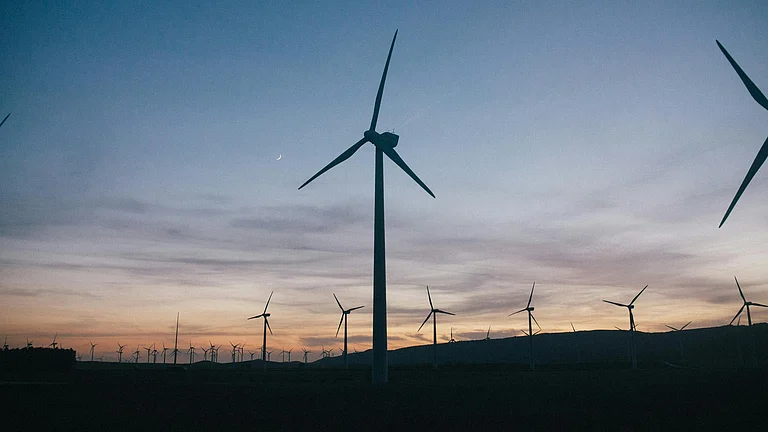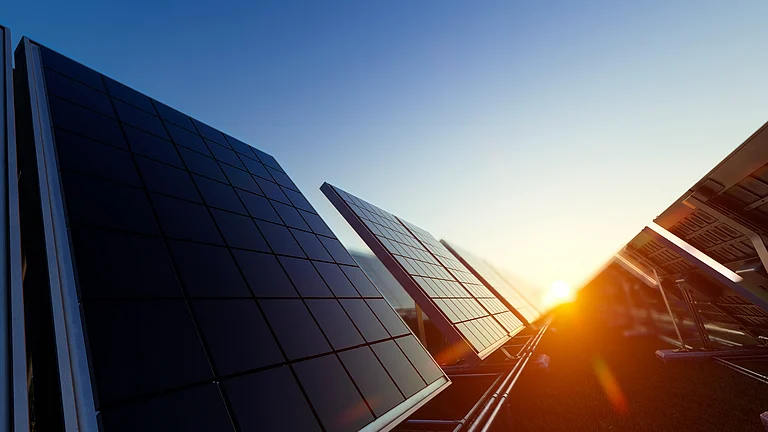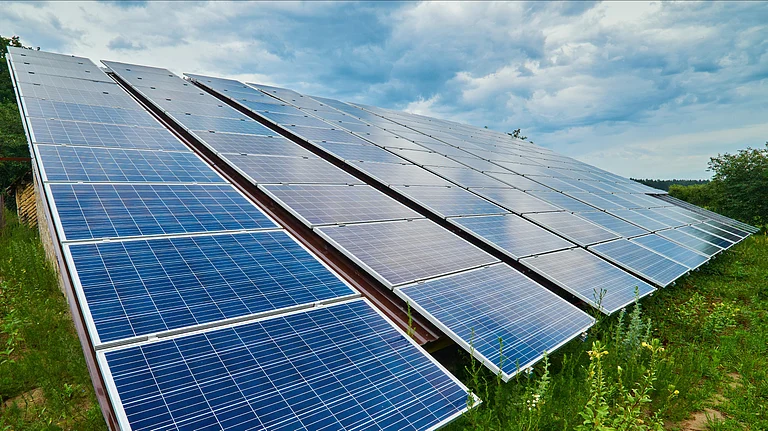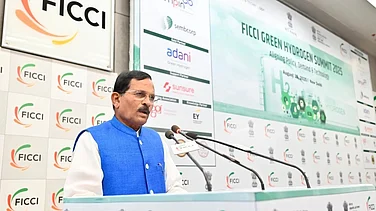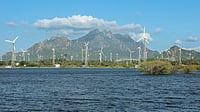A new IEA report reveals that renewable energy led by solar is set to supply nearly half of the world's electricity by 2030. With supportive policies and favourable economics driving this surge, global renewable power capacity is on track to add over 5500 GW by the end of the decade.
This growth is nearly equivalent to the combined current power capacities of China, the European Union, India and the United States.
China is expected to contribute nearly 60 per cent of this new capacity, potentially holding almost half of the world's renewable power by 2030.
Meanwhile, India is growing the fastest among the major economies. Solar photovoltaic alone will account for 80 per cent of global renewable growth with large-scale solar plants and rooftop installations on the rise. Despite challenges, wind power is also set for a strong recovery, with its rate of expansion doubling compared to recent years. Solar and wind are already the cheapest options for adding electricity in most countries.
The report forecasts that by 2030, renewables will meet 50 per cent of global electricity demand with wind and solar accounting for 30 per cent of the total.
Although the world is on course to increase the renewable capacity by 2.7 times compared to 2022 further efforts are required to fully meet international climate goals. The government’s need to act now to streamline policy, reduce financing costs in emerging economies and increase grid flexibility to integrate growing renewable energy.
In addition, the adoption of renewable fuels like biofuels, hydrogen and e-fuels lags behind and greater policies support is needed to decarbonise hard-to-electrify sectors. While renewable fuels are expected to remain under 6 per cent of global energy consumption by 2030, their role is crucial for meeting international climate targets.
The report highlights the state of global manufacturing noting that solar module prices have more than halved due to a supply glut mostly in China.
However, manufacturing costs remain significantly higher in India and the United States, presenting a challenge for global diversification.
Policymakers are urged to balance the benefits of local manufacturing with the need for competitiveness, particularly as the global solar PV manufacturing capacity is set to triple by 2030.





